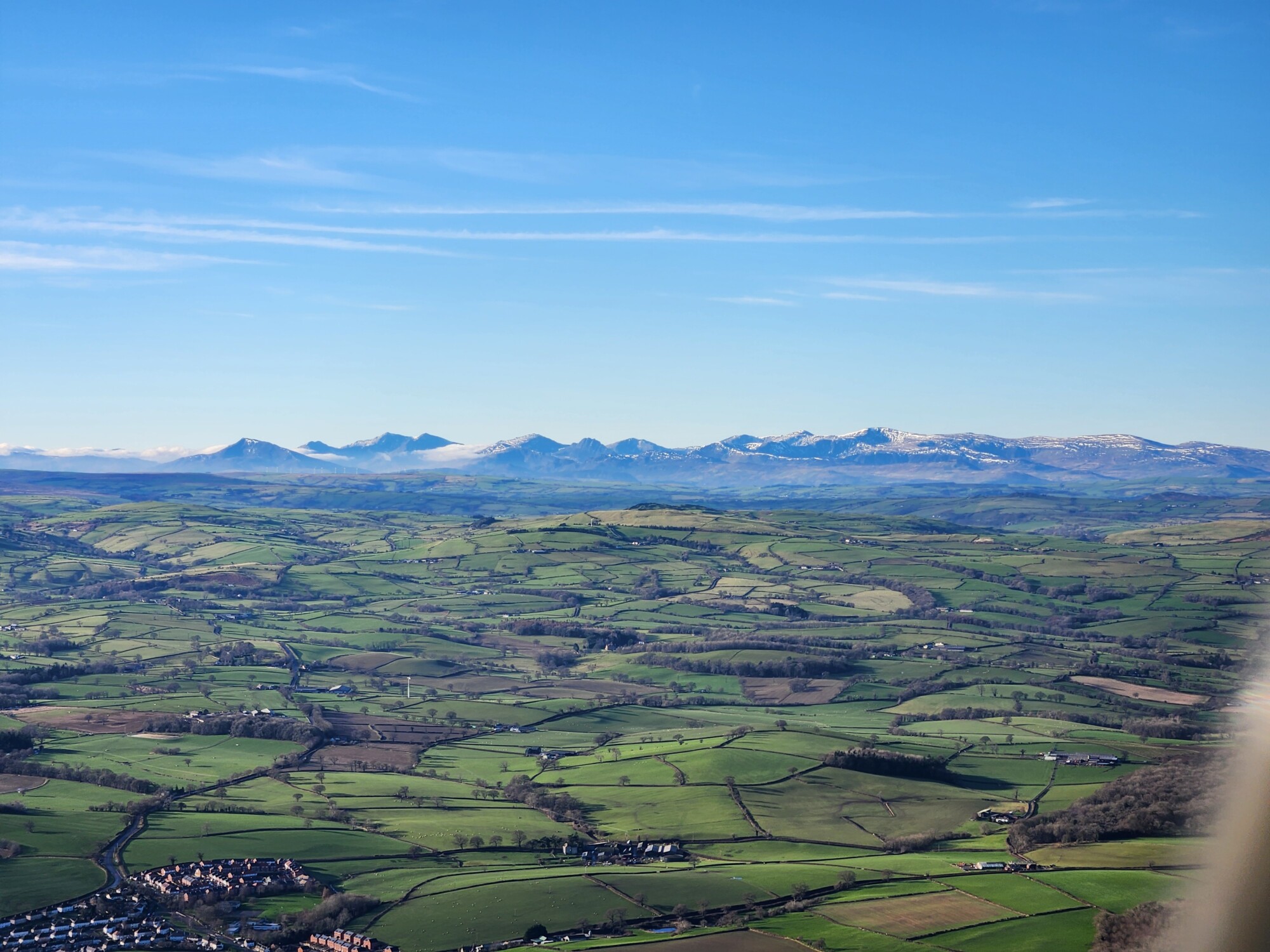Every winter – as is traditional – a handful of Cambridge University Gliding Club (CUGC) members will gather for a week, and mimic our migratory bird counterparts; except, instead of searching for warmer climates, we seek out shiveringly-cold mountains and hills in the UK, hoping to catch some ridge or wave lift (and do some gliding over scenic airfields).
This winter was no different, with the expedition originally planned for Yorkshire Gliding Club, also known as Sutton Bank airfield, for the week of 12-18 January 2025.
Located on the top of its eponymous hill (with the famous Kilburn White Horse situated mere meters from the end of the 20 runway), Sutton Bank is one of the oldest gliding sites in the UK, offering scenic flights amongst the rolling landscapes of the North York Moors, and regularly good chances to soar along its extensive westerly ridge.
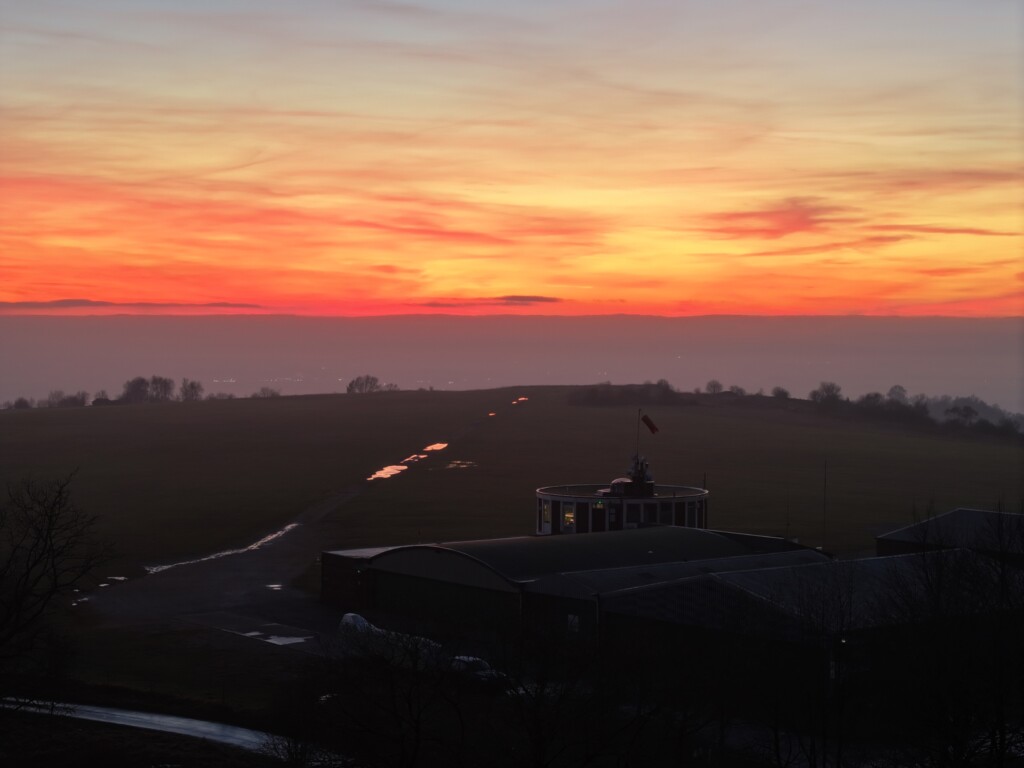
Alas, fate clearly had a different plan in mind! Just three days before we were due to depart, a sudden snowfall throughout northern England smothered Sutton Bank under a thick layer of snow, rendering the airfield unusable. It seemed as though the expedition was going to be cancelled before it had even started…and then a bright idea came to us.
At the time, the CGC expedition team was still in northern Wales, enjoying their time at Lleweni Parc and sharing their photos (and making the rest of us jealous). Hence we thought: why not follow after them?
Thus, with a flurry of frantic emails and phone calls, we diverted our expedition to Denbigh Gliding, also known as Lleweni Parc airfield, at the very last minute. As it turns out, we were very lucky that we did so!
Lleweni Parc is perhaps one of the best “wave sites” in the UK, where its unique position snuggled between the Clwydian Range to the east and Snowdonia to the west enables it to experience the much-coveted mountain lee waves on a semi-regular basis, allowing glider pilots to soar to extreme heights. Even when the wave is not working, the ridges on the Clwydian Range can also sometimes permit soaring.
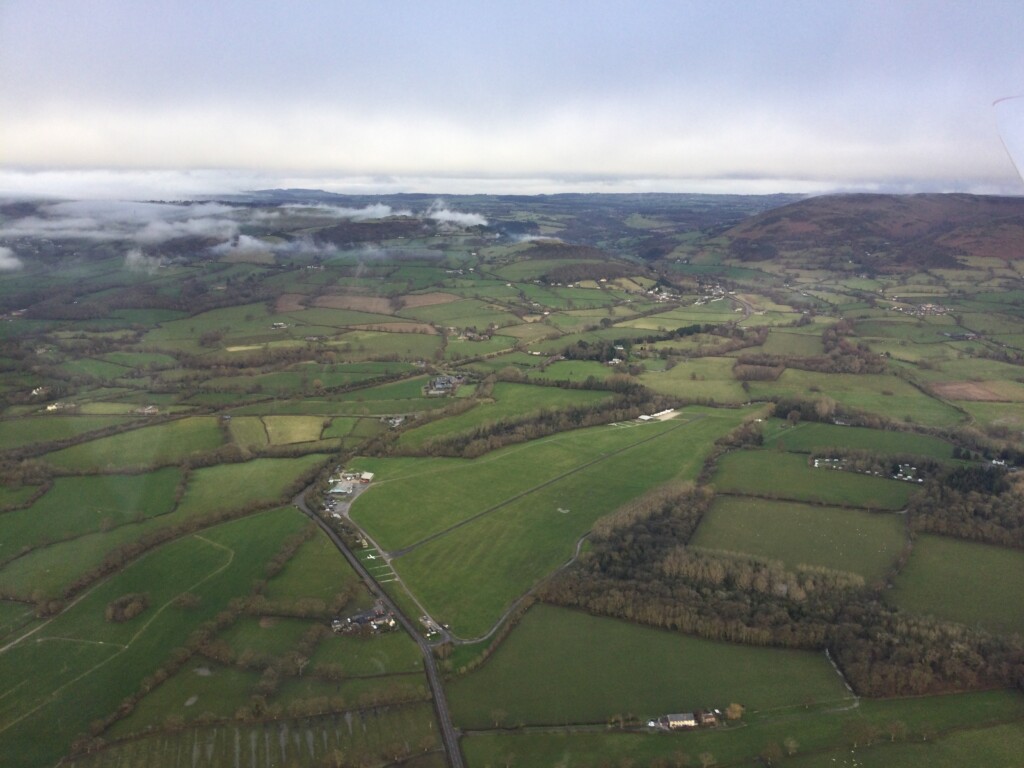
We arrived at Lleweni Parc on Sunday (12 January) late afternoon, and took over our parent club’s ASK21 glider “HTV” from the CGC team. The day’s weather was not particularly notable, with only light winds; we were only able to achieve a few short site familiarization flights, and more importantly acquaint ourselves with the local operations.

In sharp contrast, despite forlorn forecasts from the previous day of thick & low clouds with strong winds (which would’ve made conditions unsafe for flying), Monday brought an unexpected surprise: wave, with enough gaps in the clouds to reach it, and wind just mild enough to fly safely! We scrambled to take advantage of this sudden good fortune, and three of us were able to experience wonderful wave soaring flights: Adam, Ding, and Tereza; aided of course by our excellent instructor Andrew Watson in the back seat.
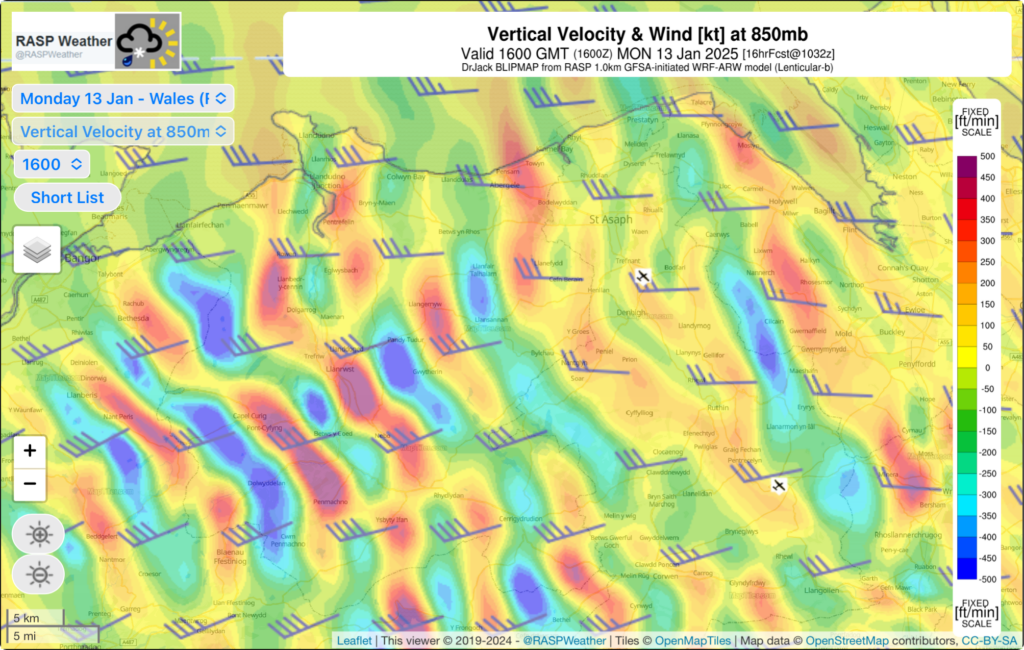
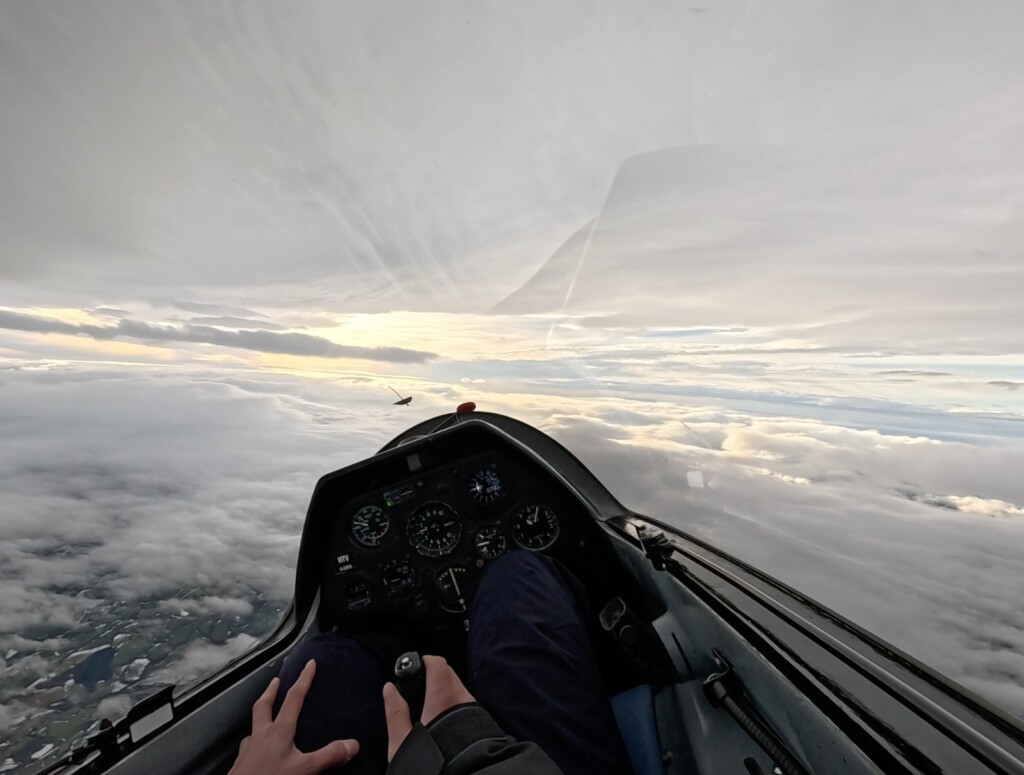
Adam and Ding, in particular, both individually managed to climb up to 10,000ft with Andrew, before a lack of oxygen (and the good sense to share the glider with the rest of us) forced them to pull the brakes and intentionally burn altitude to get back.
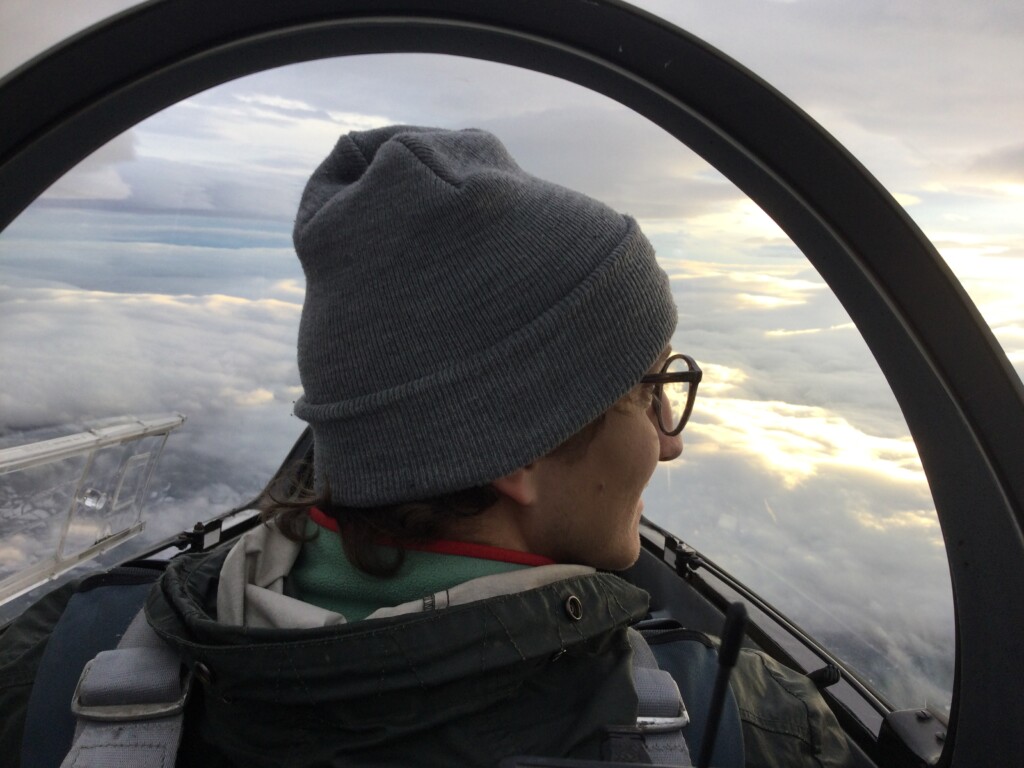
Tuesday brought with it very similar weather to Monday, and the same good luck of having the wave peeking through the gaps in the clouds. This time, it was Yiyang’s and Darren’s (my) turn to sample the wave with Andrew in HTV. Tereza also managed to catch a flight with Norm, a local instructor, in a G103A Twin II Acro “EZE”.
Unfortunately, while Tuesday’s lower wind speeds made the aerotows & landings a bit less hairy than Monday’s, it also meant a weaker wave; as such, Yiyang was only able to climb to 4,500ft, and the rest of us not more than 2,800ft (which really was just ‘floating’ in zero sink off the aerotow, rather than actually climbing at all). Nonetheless, between the two days we managed to all get a long wave soaring flight, leaving us very satisfied with ourselves.
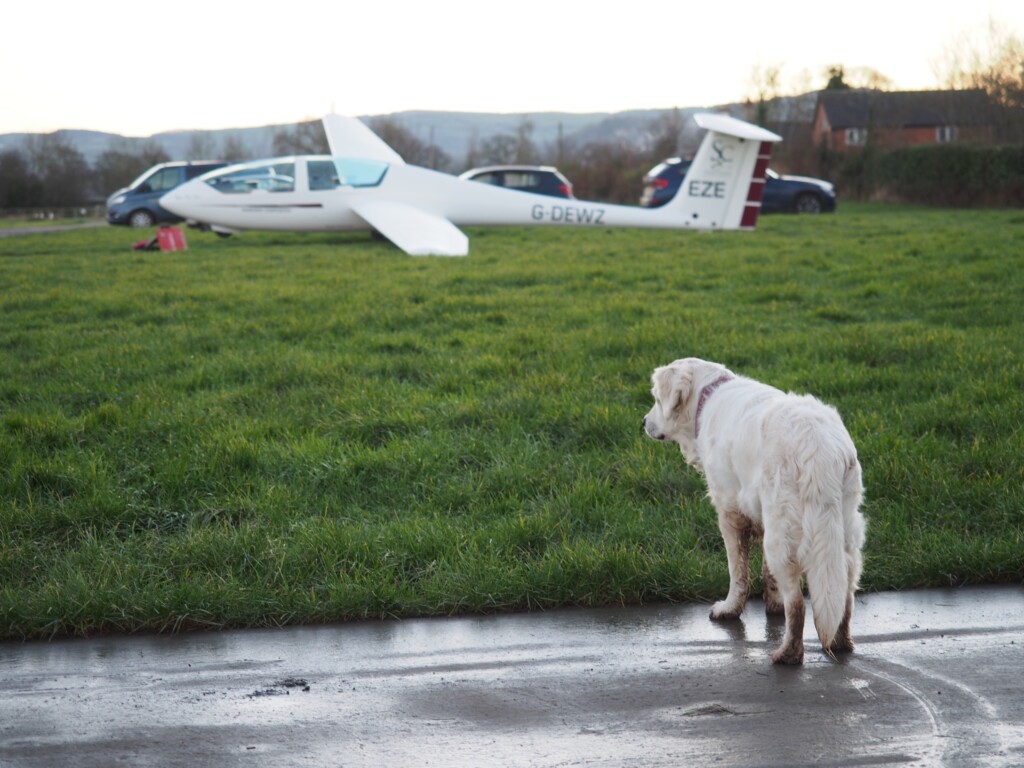
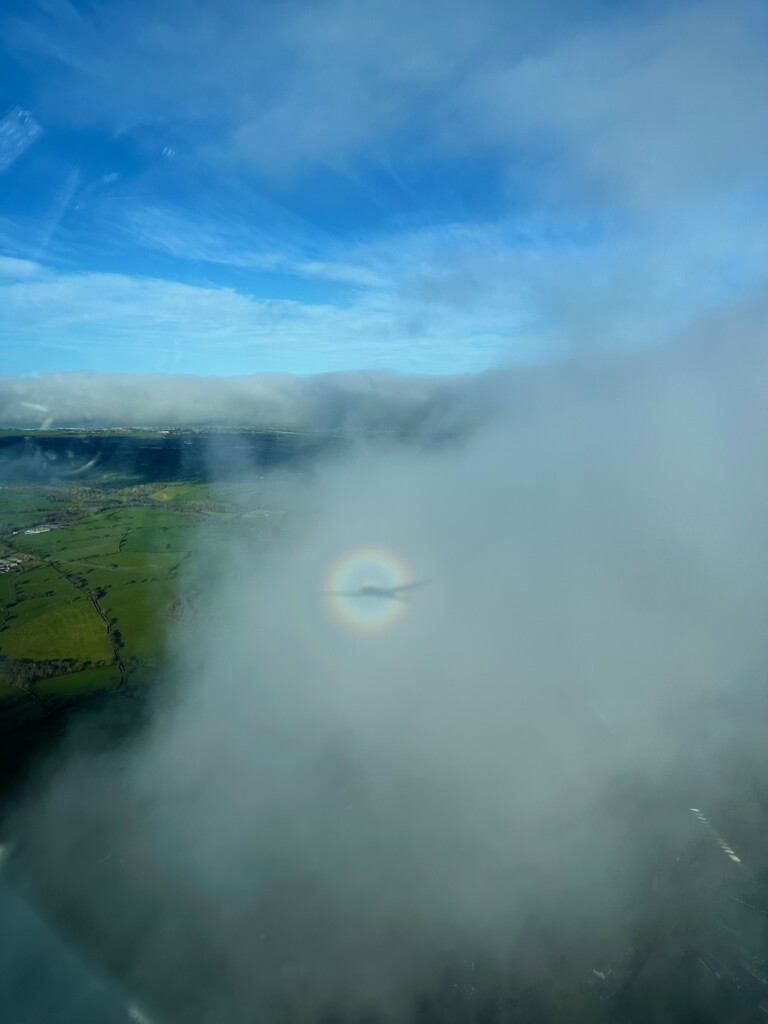
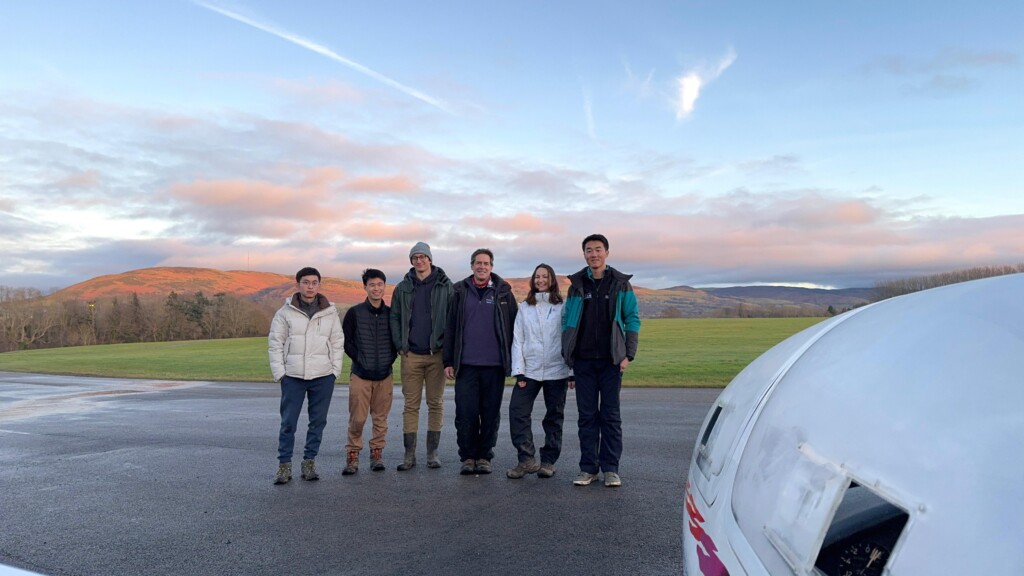
Wednesday saw a high pressure system settle just off the UK’s south coast, and with it came calm and clear weather – great for flying practice, but unfortunately with no prospects of more exciting ridge or wave lift. We therefore took this opportunity to do various forms of training, ranging from trying to master the aerotow to nailing precision landings on Lleweni Parc’s ultra-narrow runway.
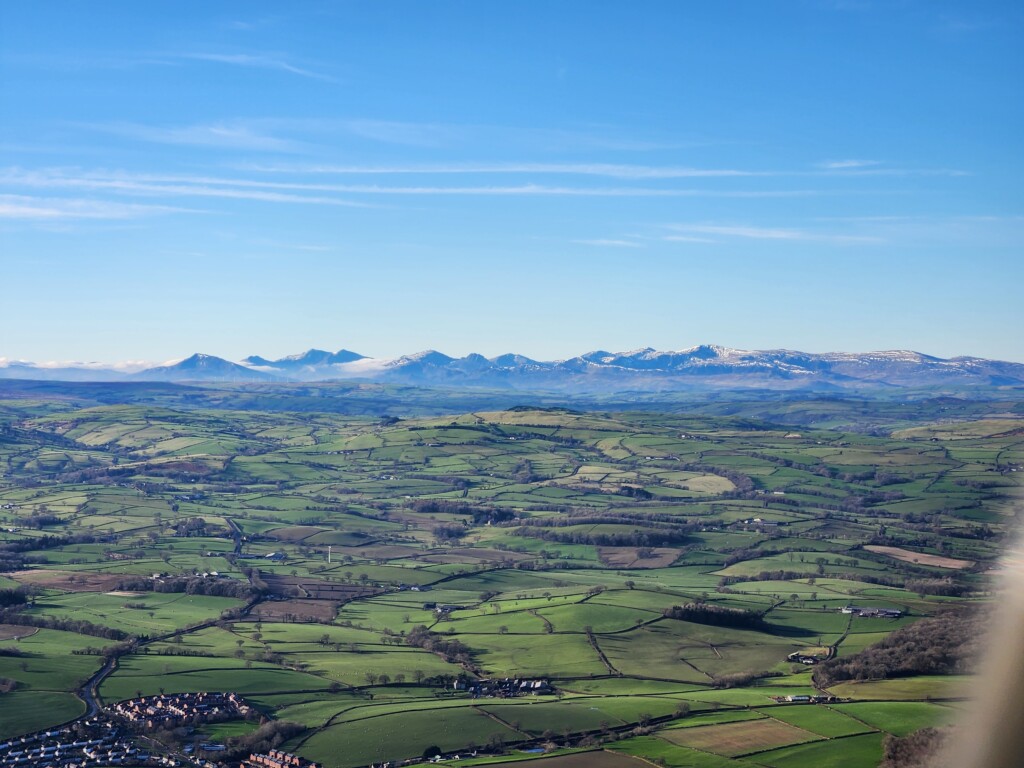
At the end of Wednesday, we received news from Sutton Bank that the snow had thawed, and the airfield was dry enough for use. After some discussion, we decided to return to our original plan; as such, on Thursday morning we packed our bags, de-rigged HTV, and begrudgingly said goodbye to Denbigh. We then spent the rest of Thursday on the road, arriving at Yorkshire Gliding Club just after sunset. (See 11 paragraphs ago for a description of Sutton Bank.)
It seems that the weather gods must have decided that they gave us too much good luck, for it turned out that the trip to Sutton Bank yielded no more flying. The forecasts had assured us that the high pressure system would hang around for a few more days – thus granting the same calm weather of Wednesday and Thursday – but without the wind to stir things up, an inversion layer unfortunately started settling across all of England on Friday, creating foggy and misty conditions unsuitable for flying. Nonetheless the local instructors & people at Yorkshire Gliding Club were warm and welcoming, and we ended up occupying ourselves by studying for the Bronze exam, taking a hike along the ridge, and preparing an elaborate dinner.
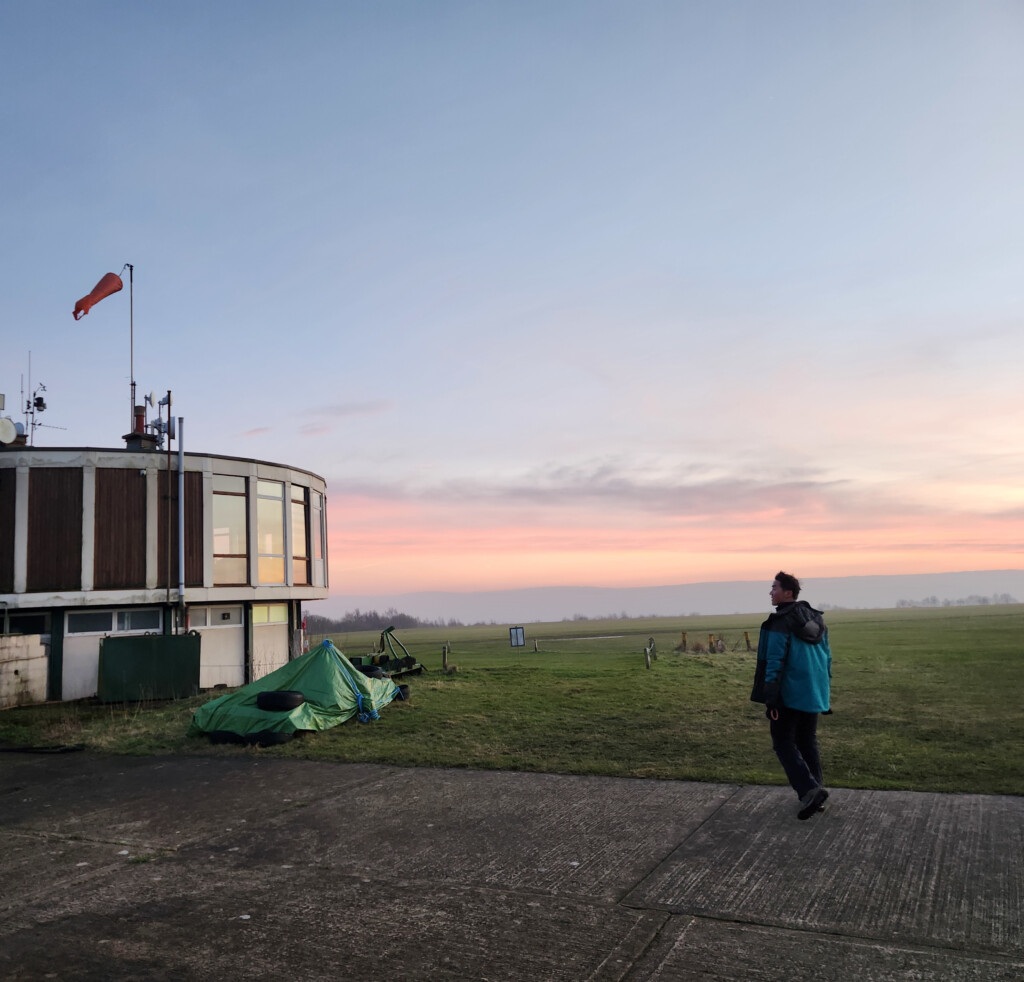
The fog persisted onto Saturday, (and in hindsight also onto Sunday 19 January); hence we gave up hope and returned to Cambridge on Saturday.
Although the expedition ended with a low note – which, to be fair, is the norm for gliding during the winter season regardless of location – we felt very satisfied with the entire experience, especially with the spectacular wave flights at Lleweni Parc. After all, this was perhaps the most “successful” CUGC Winter Expedition in recent memory (if the ‘success’ of an expedition can be measured by the collective bragging rights earned by its members), with a total of 19 flights taken of which 7 were in wave!
Sincere thanks to both Denbigh Gliding and Yorkshire Gliding Club for their wonderful hospitalities, and for giving us a fun & enjoyable week!
Darren Lim
CUGC Captain

